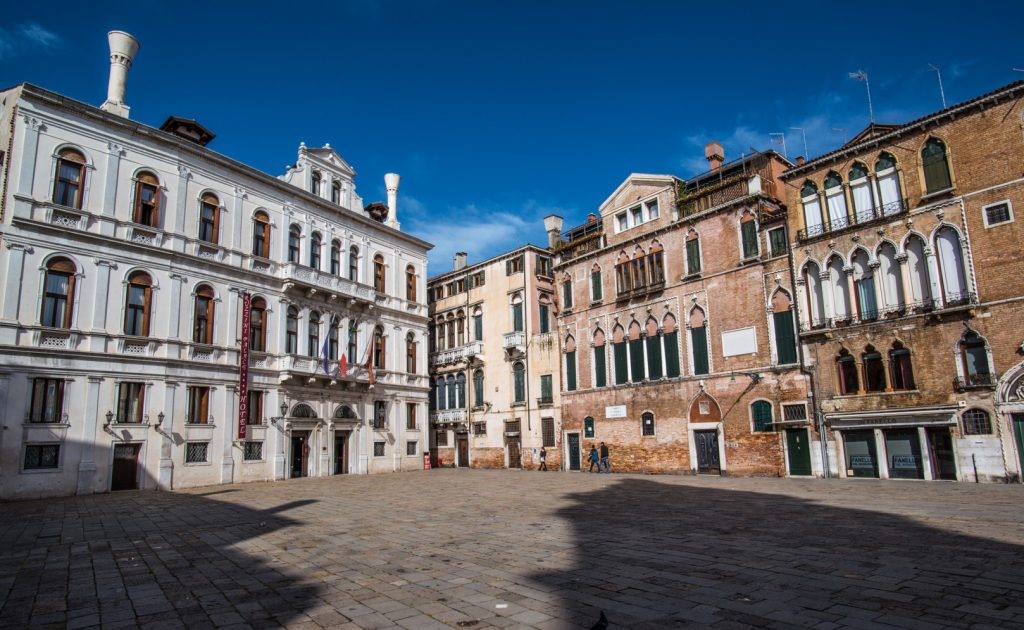Since the 9th century, every 2nd of February all Venetian women who were to be married within the year would dress up and take part in an event of purification; one year, it went rather wrong when a group of pirates stormed the cerimony and kidnapped 12 of the girls; the Venetians, however, chased the kidnappers and managed to save the girls before they were shipped away. And so, every year Venice began to celebrate the Festa delle Marie in this square, a new celebration in honour of the Holy Mary; the 12 most beautiful girls from the city’s poorest families were chosen and entrusted each to a wealthy family, who would clothe them in rich garments and jewellery and parade them along the Grand Canal. This in time attracted men from all over Italy and other European cities. Given the high visibility and honour of the occasion, it wasn’t long before fights broke out amongst the poor families or the rowdy male public, and so the girls were substituted by wooden carvings of female figures, called Maria de Tola, Plank Mary, which is how Venetians sometimes still refer to dull women.






